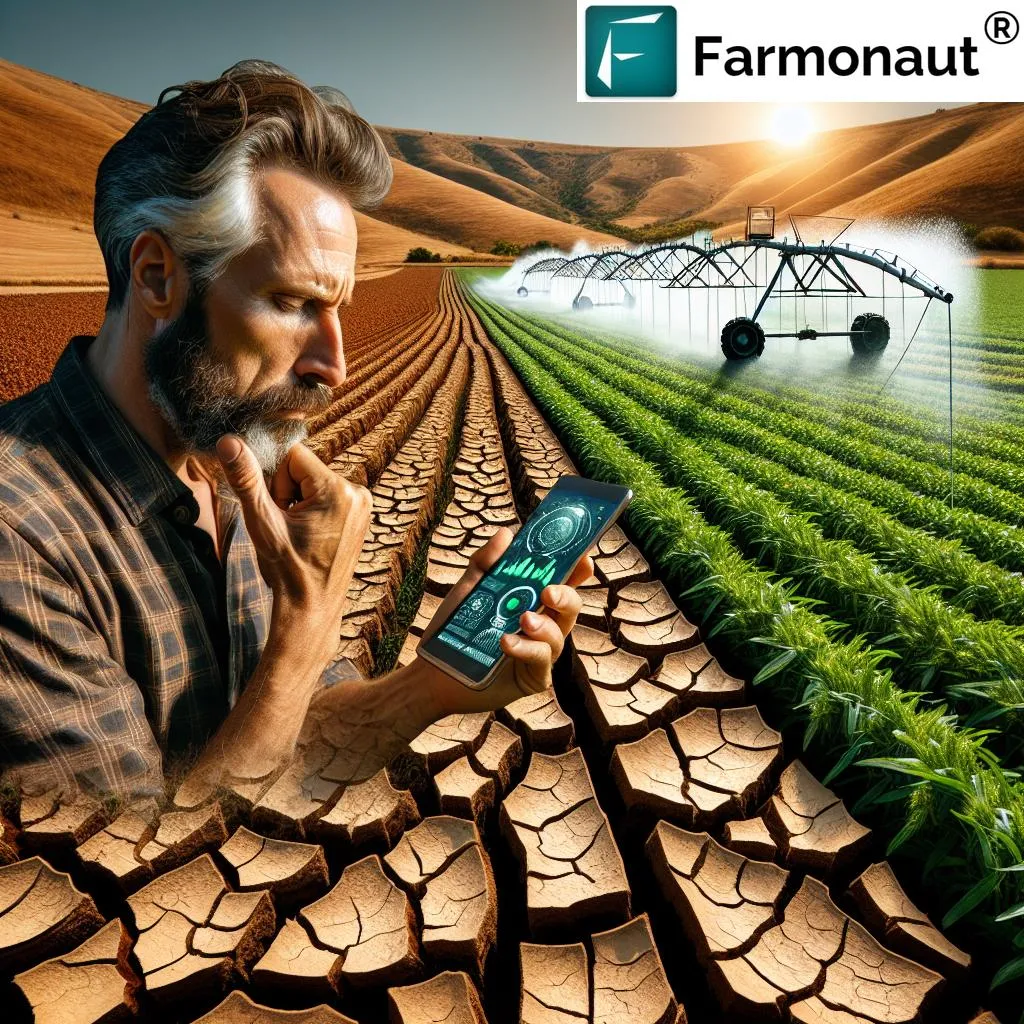In the heart of Sicily, where the sun blazes and water is a precious commodity, a groundbreaking study is reshaping how farmers approach irrigation, with significant implications for the energy sector. Nicolò Iacuzzi, a researcher from the Department of Agricultural, Food and Forest Sciences at the University of Palermo, has been leading a three-year trial to refine the calculation of crop water requirements (CWR) for processing tomatoes. This work, recently published in the journal ‘Agronomy’ (which translates to ‘Field Cultivation’ in English), is not just about growing better tomatoes; it’s about redefining water management in agriculture and, by extension, energy consumption.
The study focused on integrating data-driven models with traditional methods to improve the accuracy of CROPWAT 8.0, a widely used decision-support program for irrigation management. “The goal was to provide processing tomato growers with more precise tools to define the correct amounts of water to be supplied,” Iacuzzi explains. By combining CROPWAT 8.0 with real-time data from capacitive and tensiometric probes, the research team aimed to optimize irrigation strategies, particularly in hot-arid environments where water scarcity is a critical issue.
The findings revealed significant discrepancies between the CROPWAT model and the probe data. In 2022 and 2023, the CROPWAT model overestimated the CWR by 13.5% and 13.94% for full irrigation (IR100) and regulated deficit irrigation (RDI70), respectively. However, in 2024, the model underestimated the CWR by 9.17% and 5.22% for the same treatments. These variations highlight the importance of integrating real-world data to enhance the model’s accuracy.
The study also calculated the water footprint (WF) of processing tomatoes, analyzing the blue, green, and grey components for each irrigation strategy and calculation method. The total WF varied between 33.42 and 51.91 cubic meters per ton with the CROPWAT model and between 35.82 and 47.19 cubic meters per ton with the probes for IR100. For RDI70, the values ranged between 38.72 and 59.44 cubic meters per ton with the CROPWAT method and between 35.81 and 53.95 cubic meters per ton with the probe method.
The implications of this research extend beyond agriculture. In water-scarce regions, integrating the CROPWAT 8.0 model with real-world data and implementing smart systems can significantly improve water management, refine decision-making processes, and mitigate environmental impacts. “This approach directly addresses the urgent need for water security within sustainable agriculture,” Iacuzzi notes.
For the energy sector, the study offers a compelling narrative. Efficient water management translates to reduced energy consumption in irrigation, which is a significant energy drain in agriculture. By optimizing water use, farmers can lower their energy bills and reduce their carbon footprint. This research paves the way for smarter, more sustainable agricultural practices that align with global efforts to combat climate change.
As the world grapples with the challenges of climate change and water scarcity, studies like Iacuzzi’s offer a beacon of hope. By leveraging technology and data, we can create a more sustainable future for agriculture and, by extension, the energy sector. The journey towards water security and environmental sustainability is complex, but with each breakthrough, we take a step closer to a more resilient and efficient future.

